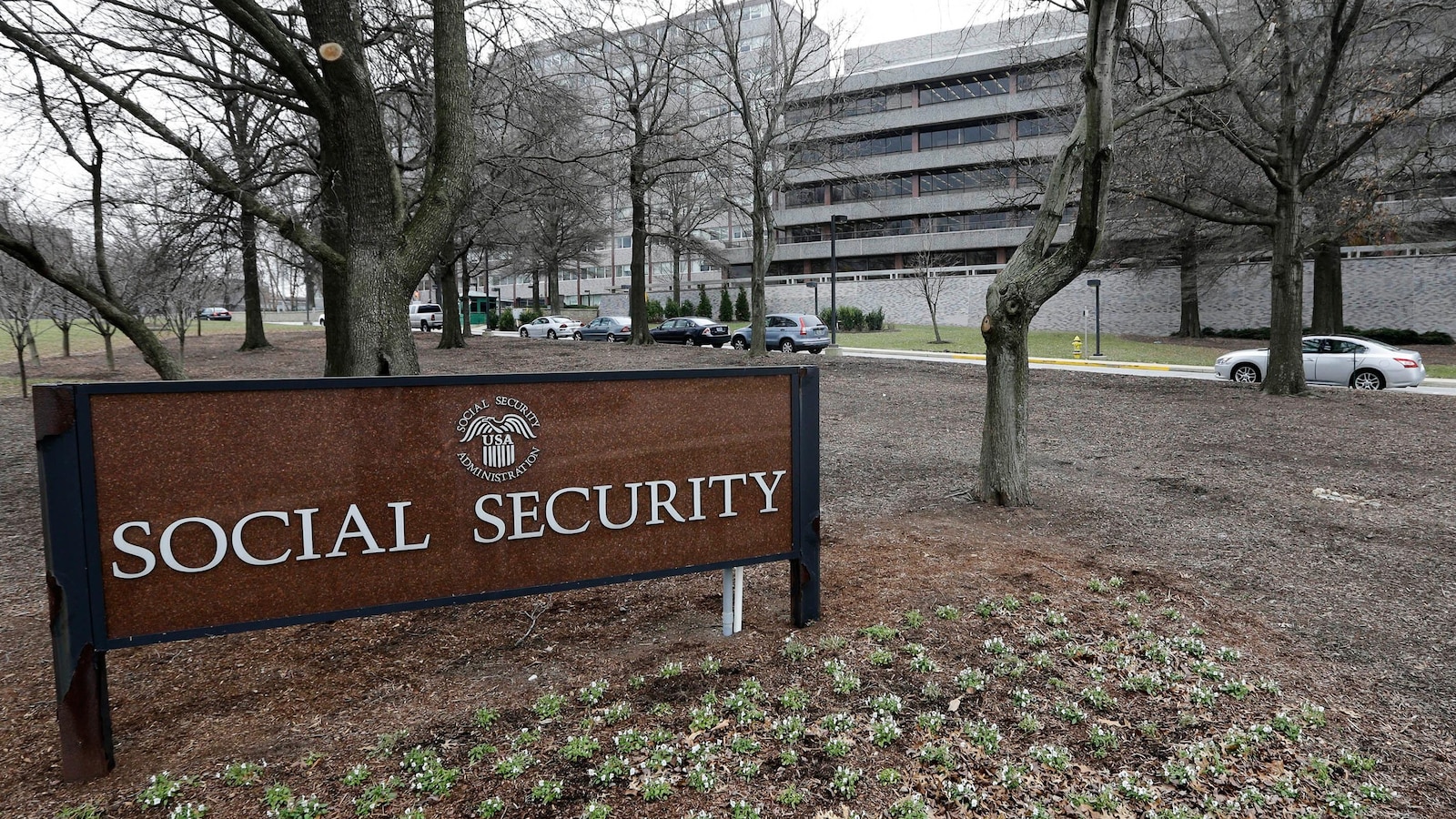Millions to Receive 2.8% Social Security COLA in 2026 as Trust Fund Challenges Emerge
Millions of Social Security, SSI, and veteran beneficiaries will receive a 2.8% COLA in 2026, averaging $56 monthly, despite trust fund insolvency projections.
Subscribe to unlock this story
We really don't like cutting you off, but you've reached your monthly limit. At just $5/month, subscriptions are how we keep this project going. Start your free 7-day trial today!
Get StartedHave an account? Sign in
Overview
- Nearly 71 million Social Security recipients, 7.5 million Supplemental Security Income beneficiaries, and veterans will receive a 2.8% cost-of-living adjustment starting January 2026.
- This COLA translates to an average increase of $56 per month for beneficiaries, raising the average monthly Social Security payment to $2,071.
- The 2.8% COLA is financed by payroll taxes from workers and employers, though this adjustment is lower than historical and recent decade averages.
- Social Security's trust funds are projected to be unable to pay full benefits starting in 2034, highlighting long-term financial challenges for the program.
- The increase comes as older Americans faced rising poverty rates between 2018 and 2023, with a continued rise among those 65 and older in 2024.
Report issue

Read both sides in 5 minutes each day
Analysis
Center-leaning sources frame the 2.8% Social Security COLA as insufficient, despite being an increase. They emphasize the struggles of seniors by highlighting advocacy groups' concerns that the adjustment fails to reflect actual living costs, particularly for healthcare and housing. The coverage collectively builds a narrative suggesting seniors are "aging into poverty" and at risk of falling behind due to inadequate benefit increases.
Articles (12)
Center (6)
FAQ
The 2.8% cost-of-living adjustment starting January 2026 translates to an average increase of $56 per month for Social Security beneficiaries, raising the average monthly payment to $2,071.
Social Security's trust funds are projected to be exhausted by 2034, at which point the program would be unable to pay full benefits, leading to an immediate estimated benefit cut of about 20%.
The 2.8% COLA is financed primarily by payroll taxes collected from current workers and employers, despite the long-term insolvency challenges faced by the trust funds.
Older Americans have experienced rising poverty rates between 2018 and 2023, including among those 65 and older in 2024, which makes the COLA increase important though still inadequate to fully address inflation and cost increases such as medical care and housing.
Proposals include measures like implementing a COLA cap to slow benefit growth, increasing revenues, and other reforms to prevent a drastic benefit cut projected if trust funds become exhausted, although no single solution is sufficient on its own.
History
- 10d

 5 articles
5 articles










